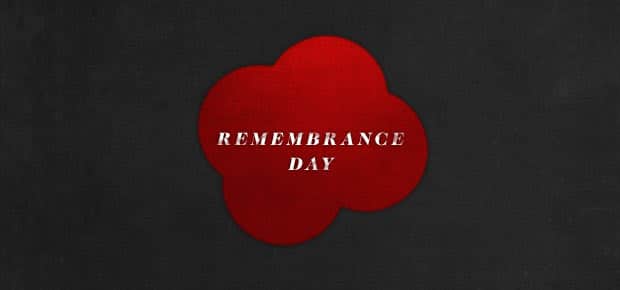I was in the Royal Canadian Air Cadets from the time I was twelve until I turned nineteen. Remembrance Day, and the poppy, have special meaning for me. I would spend every Saturday before Remembrance Day selling poppies in my pressed uniform, outside major shopping centres, grocery stores, and big box retailers; typically in sub-freezing temperatures. We would spend hours and hours there, in the cold, with a box of poppies around our necks. I don’t think it’s done anymore, but it’s something that has had a profound impact on how I think about the poppy.
On Remembrance Day we would participate in one of the many ceremonies conducted by the Royal Canadian Legion. And when I say participate, I don’t mean that we were in the stands. No, we were on the parade ground with the members of the Canadian Armed Forces, and members of the veterans soceity. Afterwards we would help clean up the hockey rink, before heading back to the Legion for a wrap up.
I can remember feeling frustrated that more people didn’t seem to take much notice of the day. For most people it means about as much as Victoria Day (May long weekend): it’s just a day off of work.
I think Remembrance Day is a difficult day for many advertisers. Most holidays celebrate a part of our lives. It’s a pretty straightforward task to craft messaging to spur spending–prefferably on your brand. But Remembrance Day is supposed to be a pretty solemn day. So while advertisers have a large populace with a day off of work, and nothing to do; they can’t co-opt the day for rampant consumerism, which would cause numerous PR problems.
Paradoxically, it’s usually advertisers that shape and define much of our holidays through their command of the media. Remembrance Day remains an amorphous holiday for most Canadians, it does so largely because advertiser’s inability to commercialize the day.
